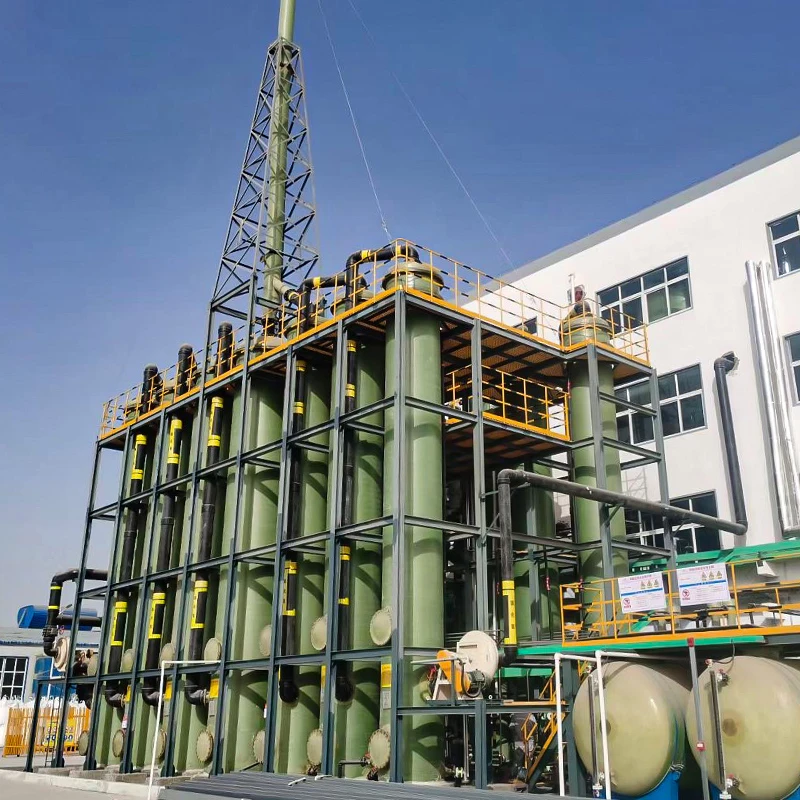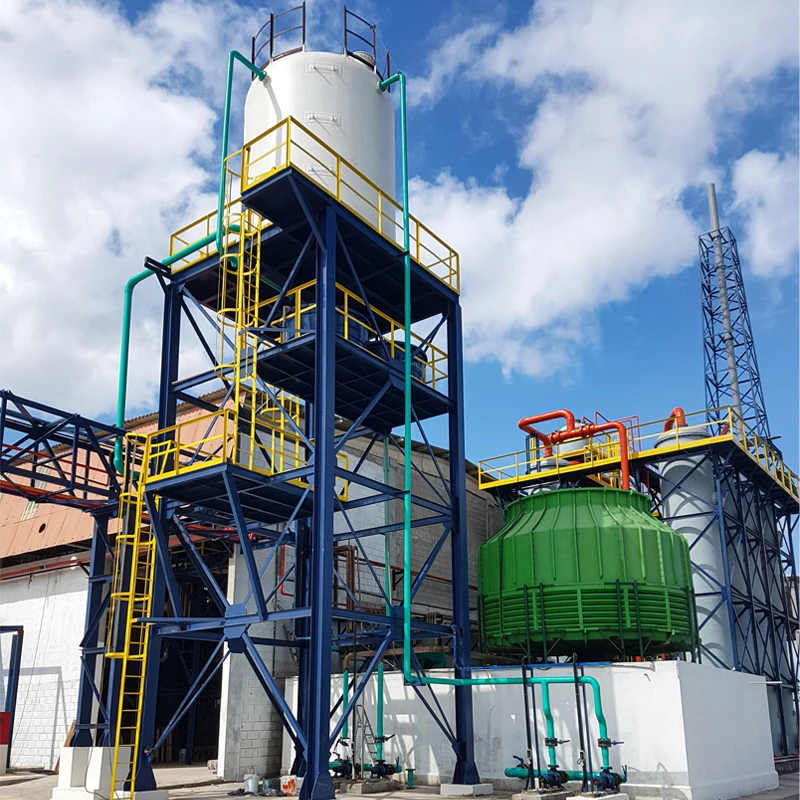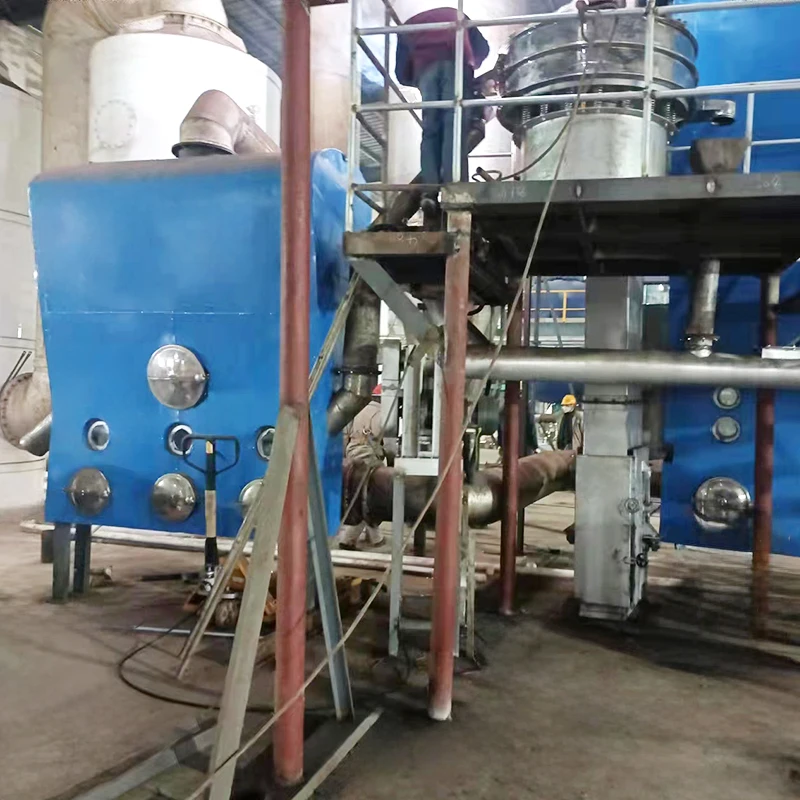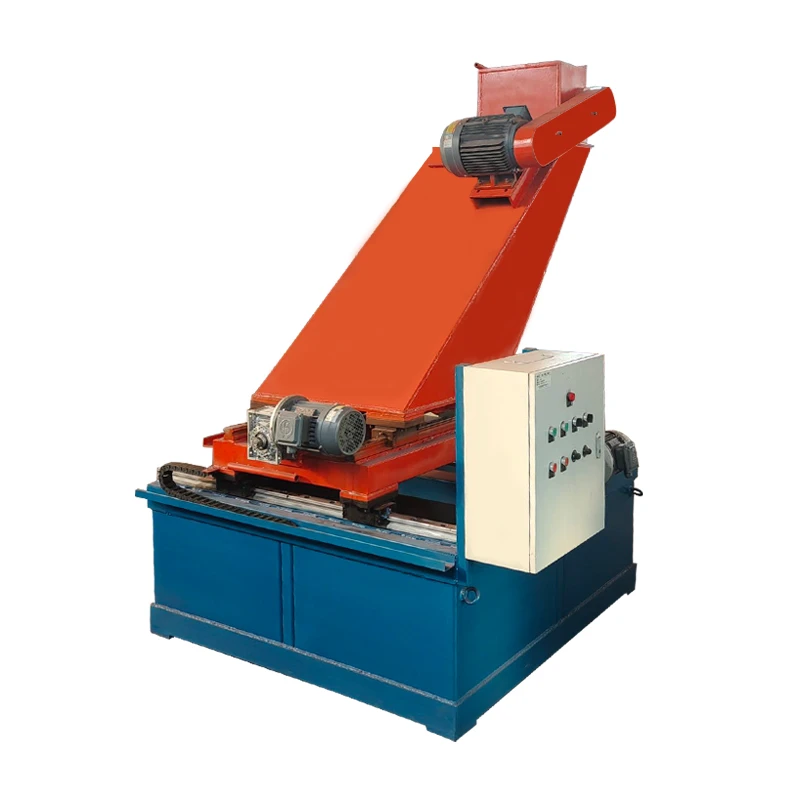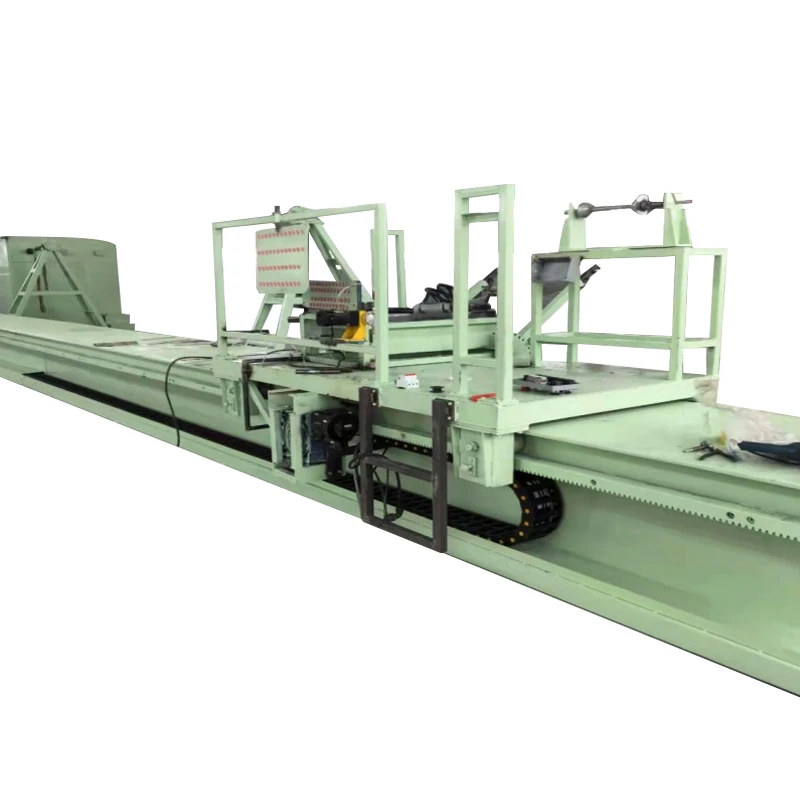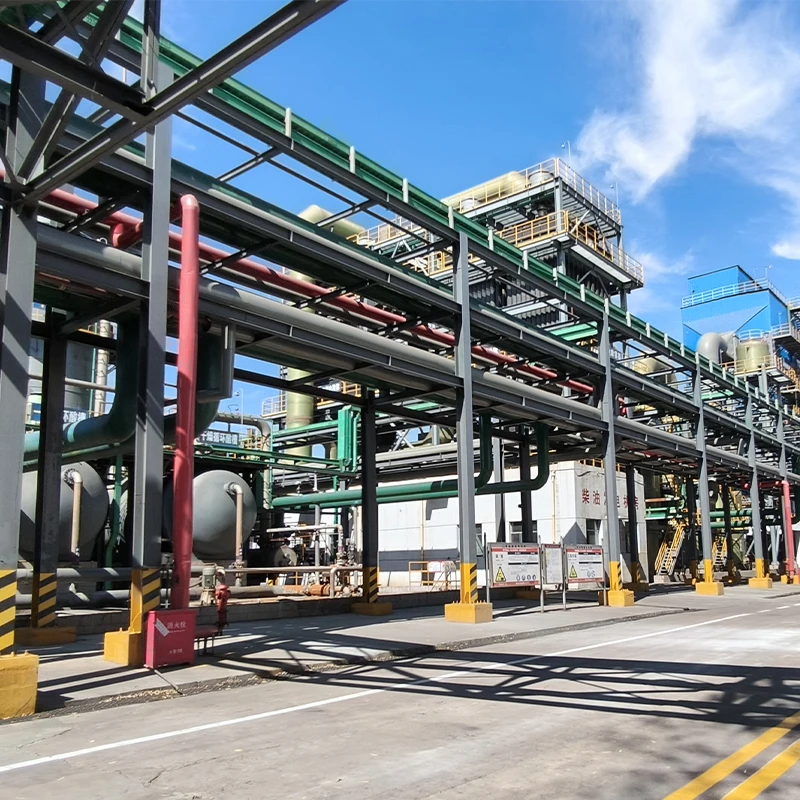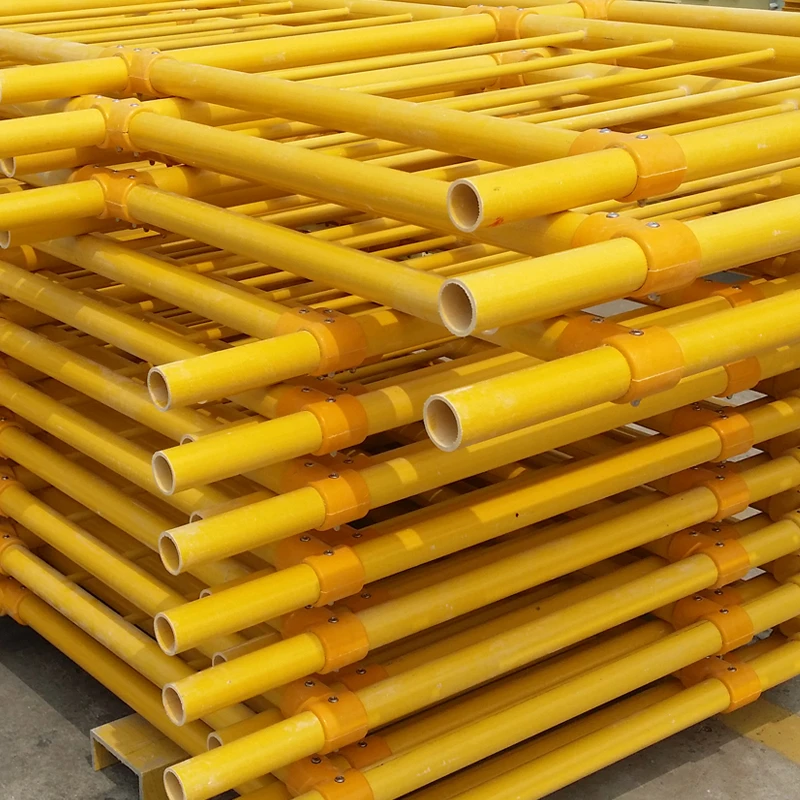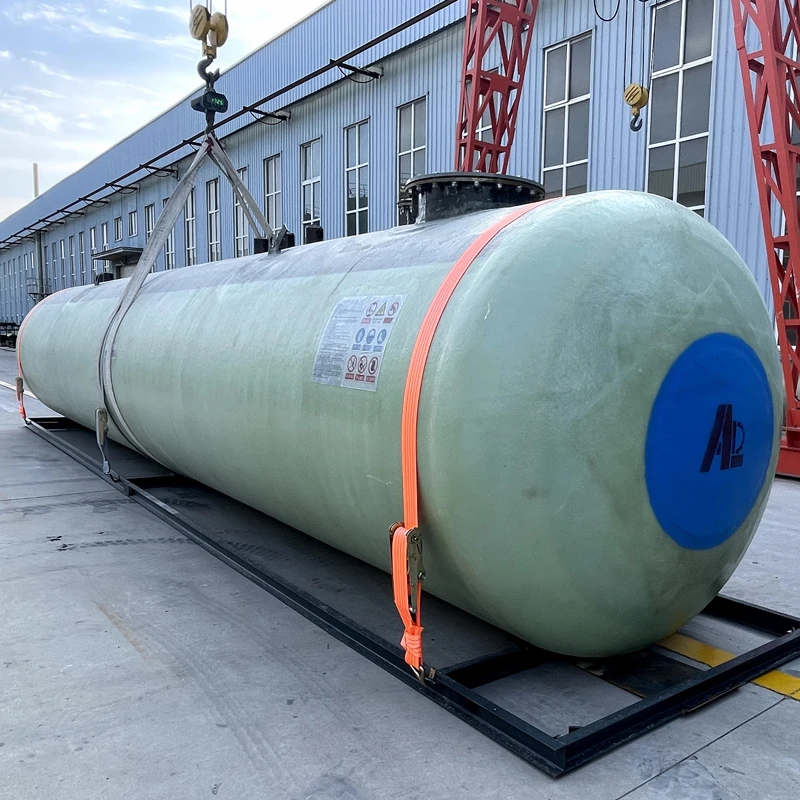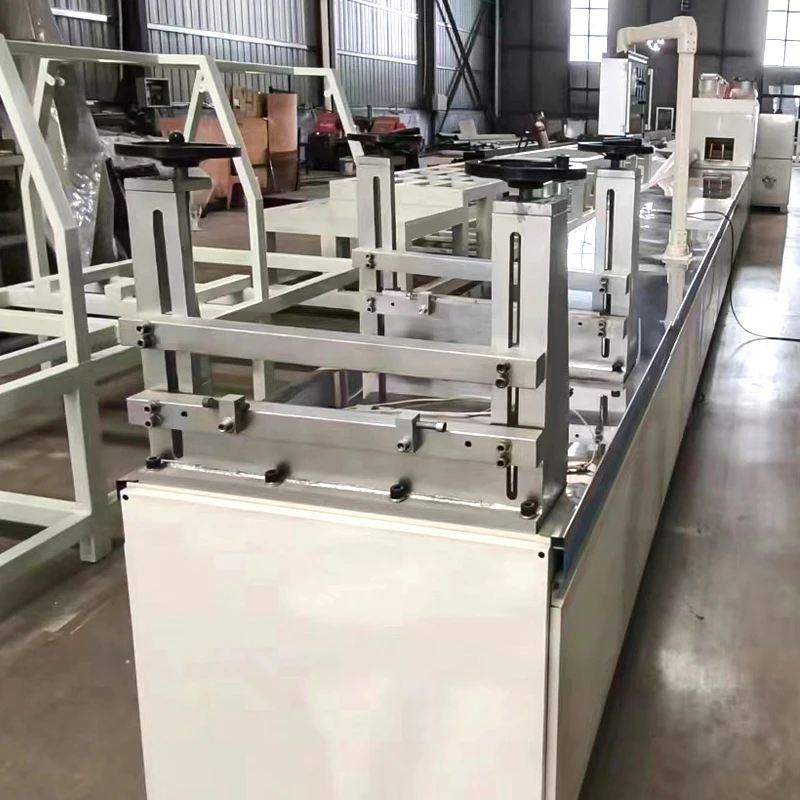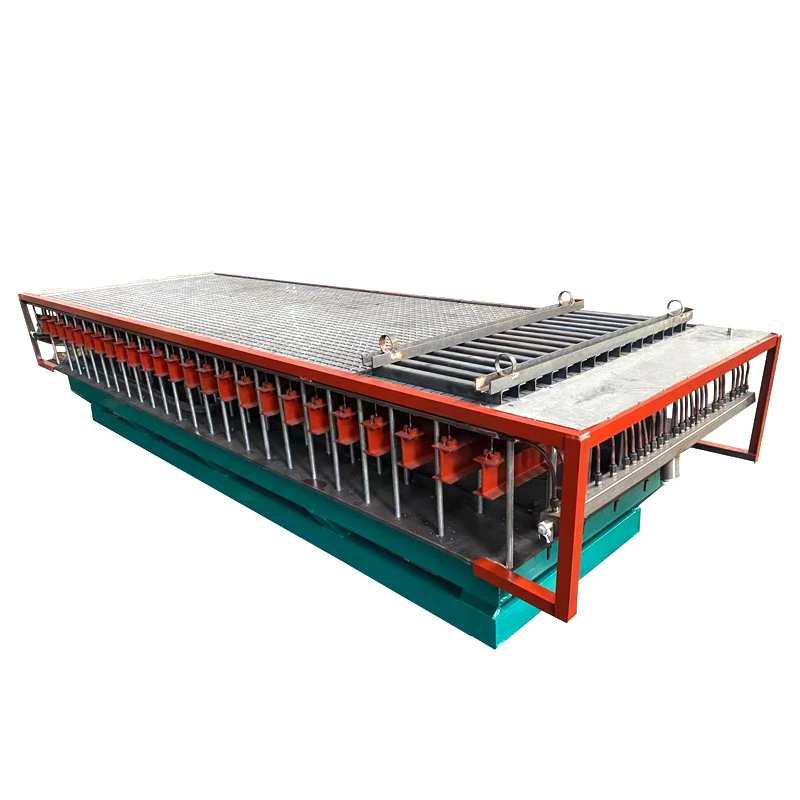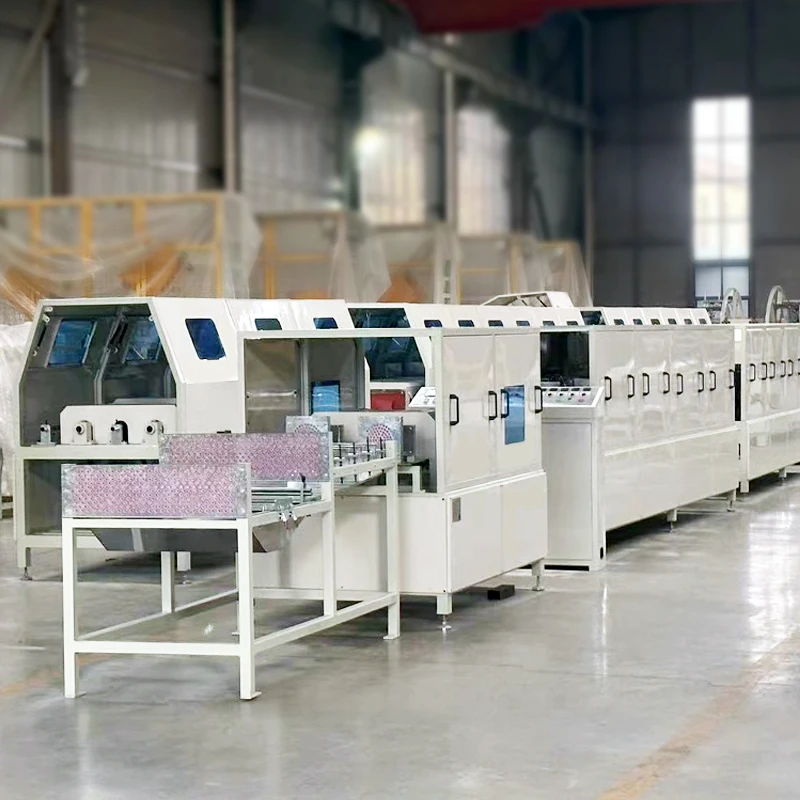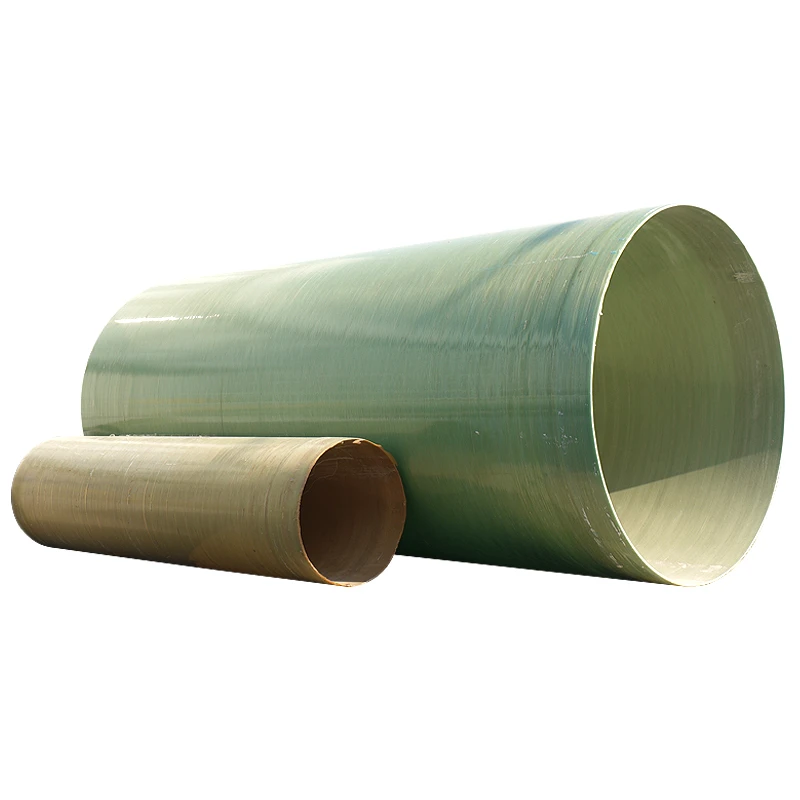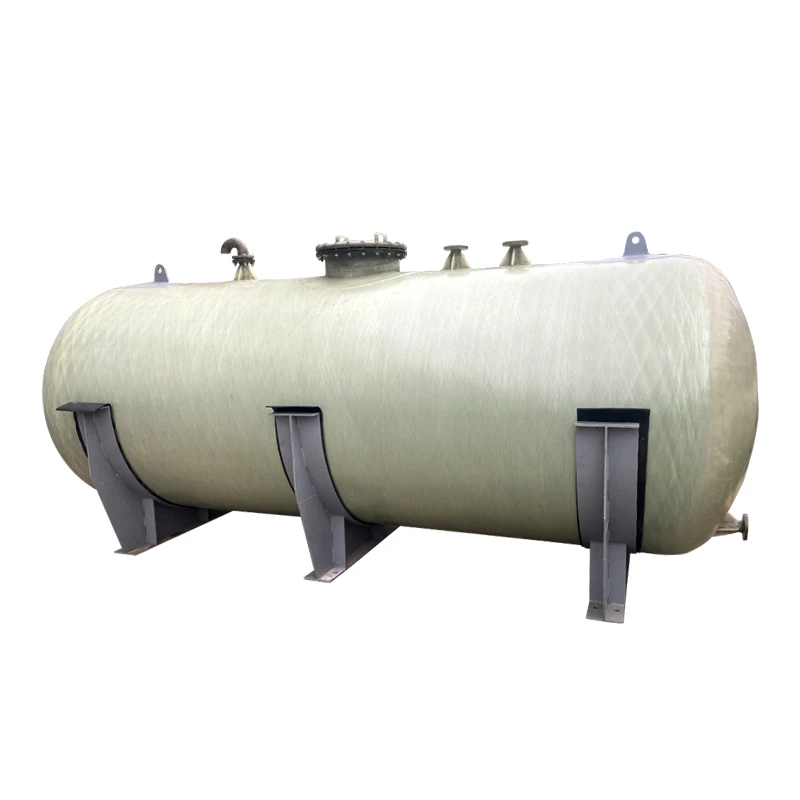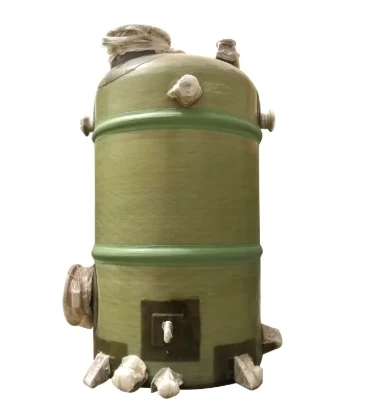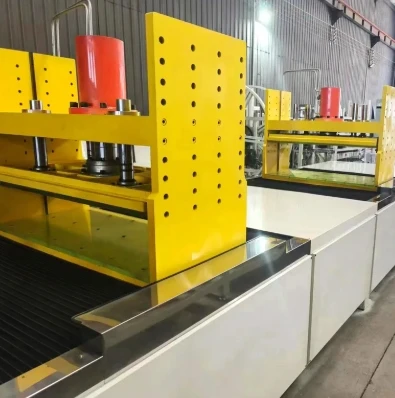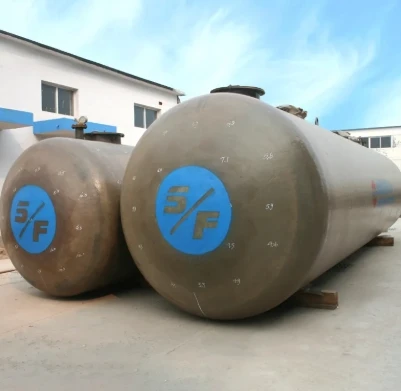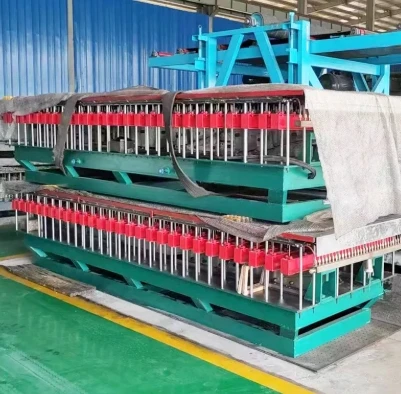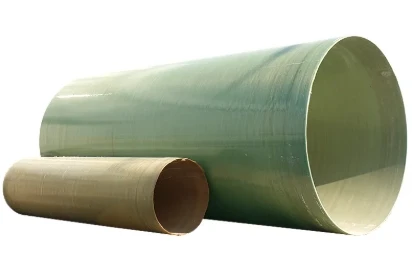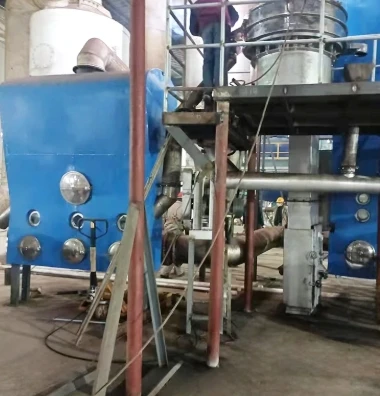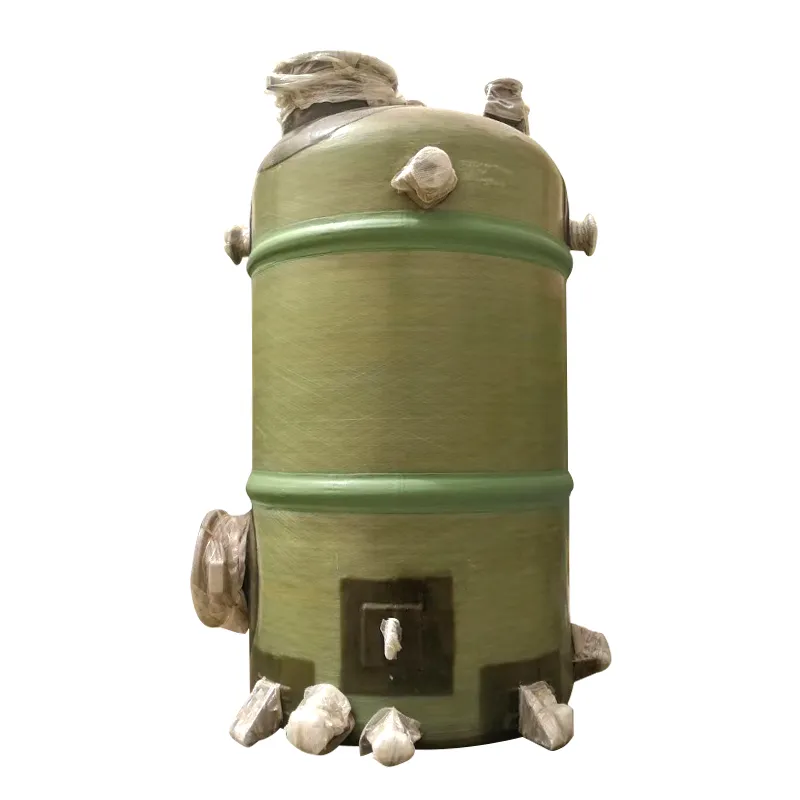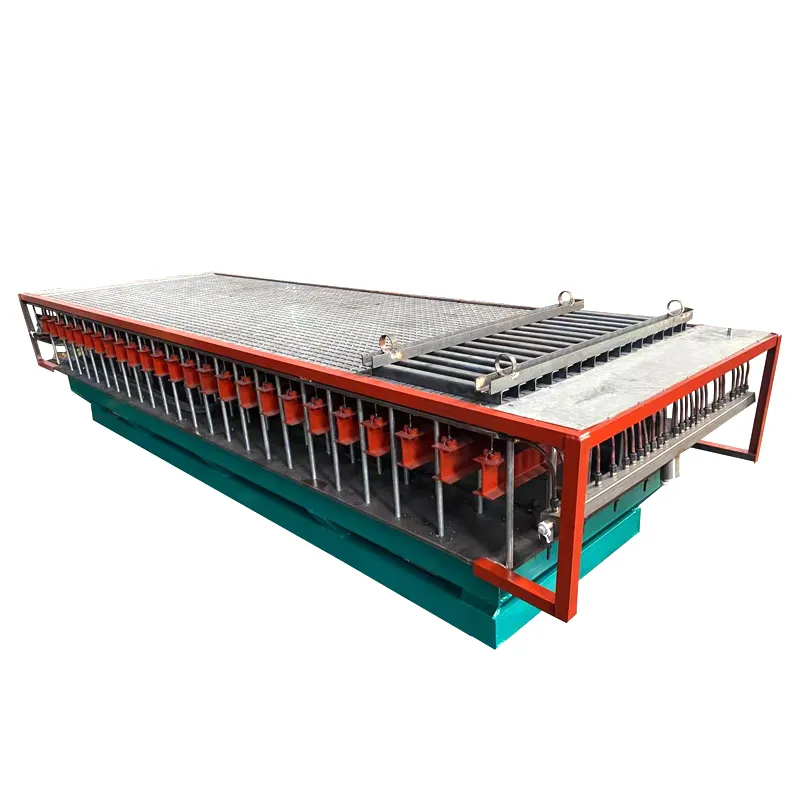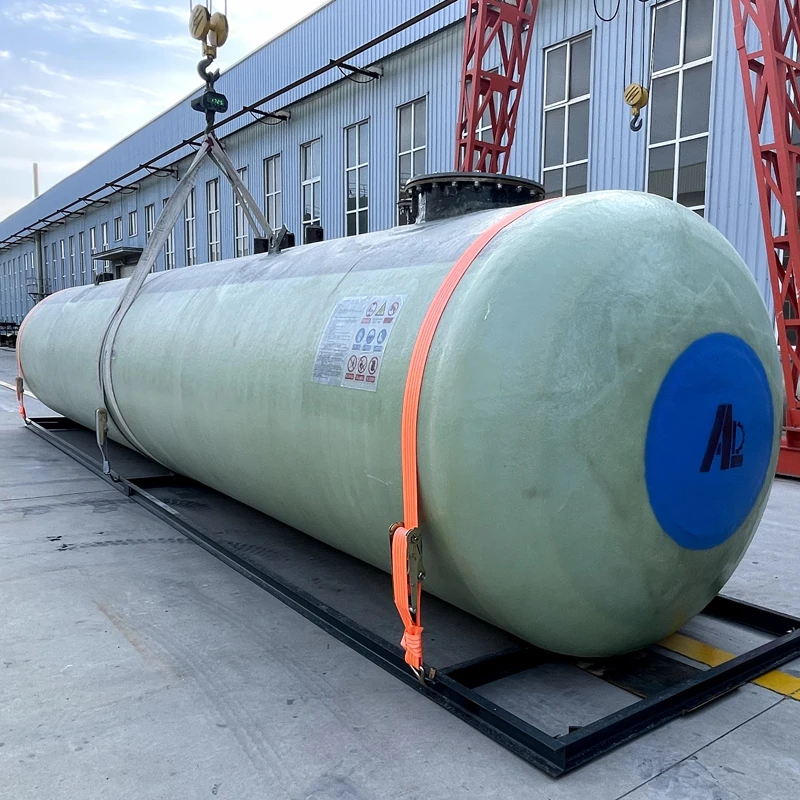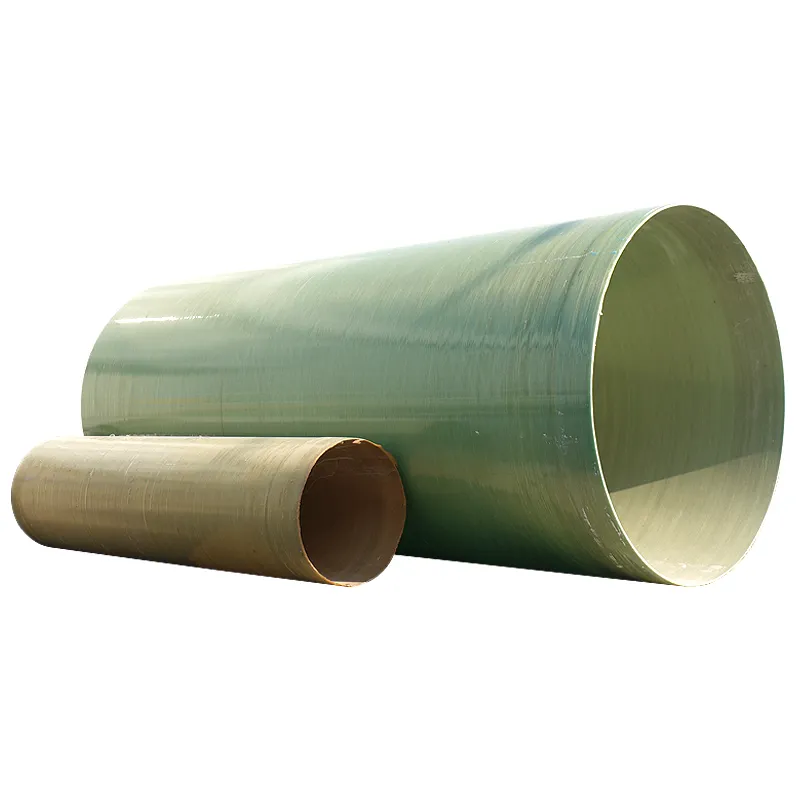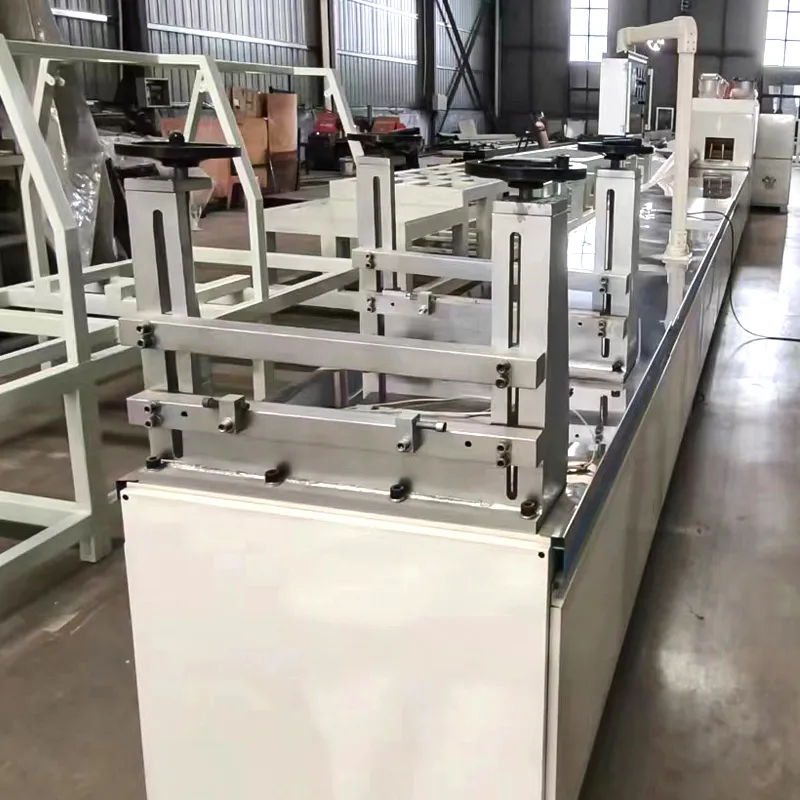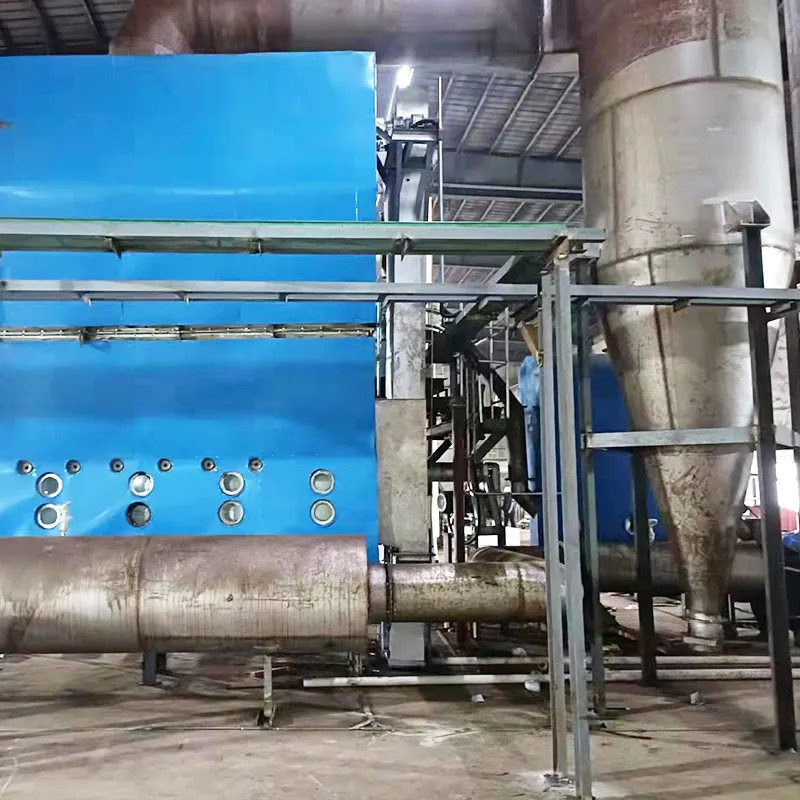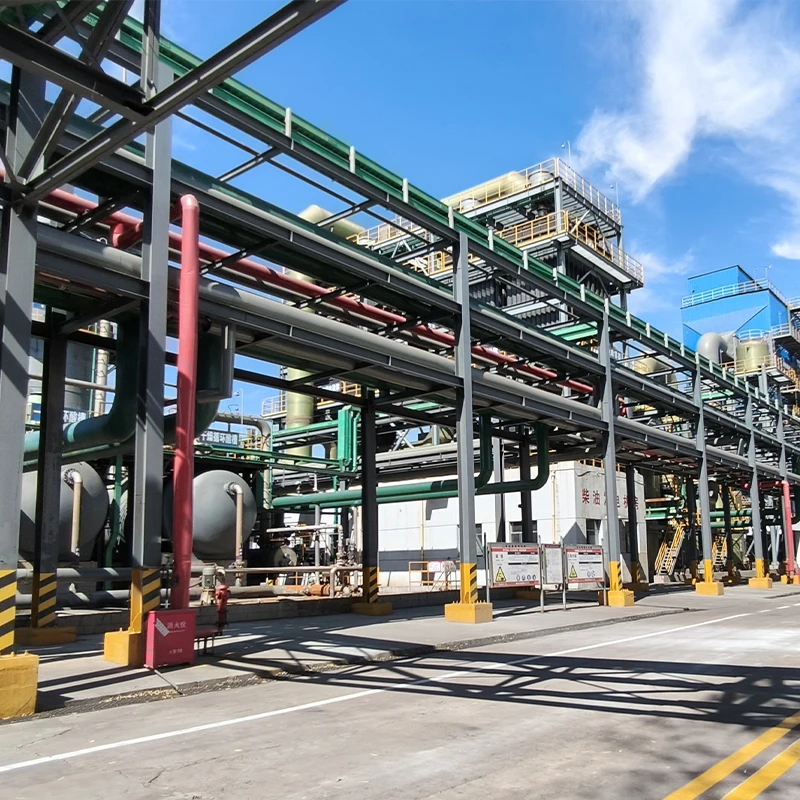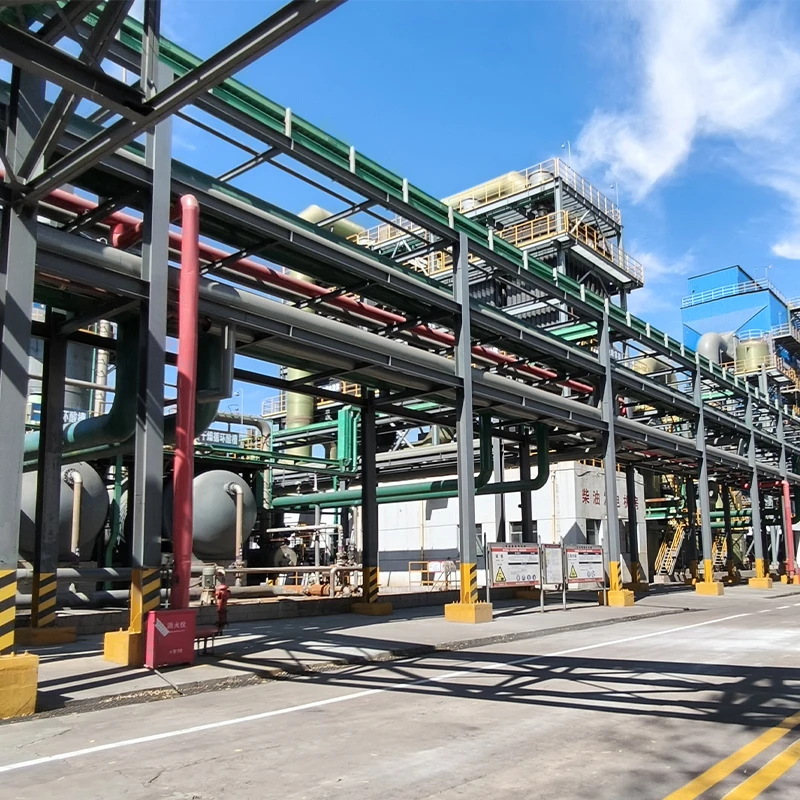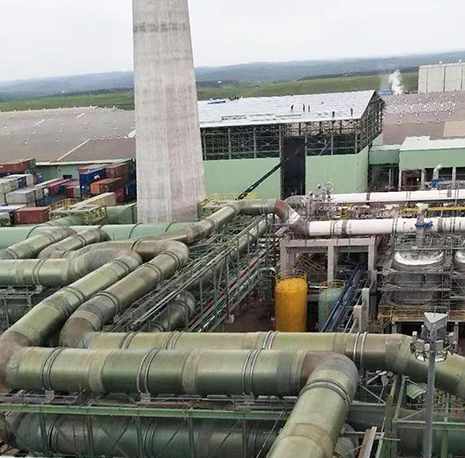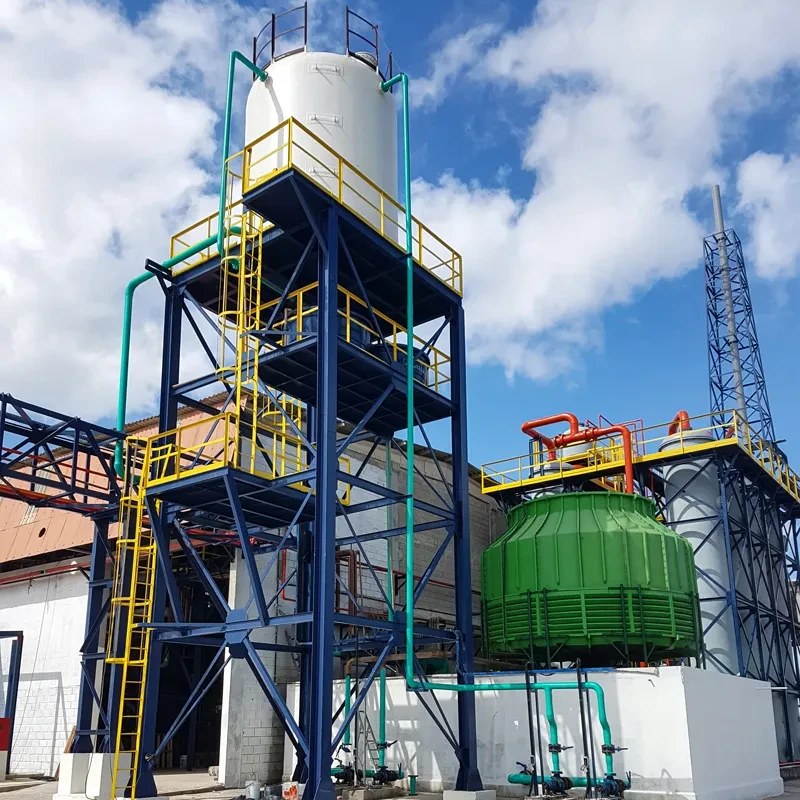FRP Sewage Pipes High-Strength, Corrosion-Resistant Solutions
- Introduction to FRP Sewage Solutions
- Technical Superiority of FRP Piping Systems
- Performance Comparison: FRP vs Traditional Materials
- Manufacturer Benchmark Analysis
- Custom Engineering for Complex Projects
- Industry-Specific Implementation Cases
- Future-Proof Sewage Infrastructure with FRP
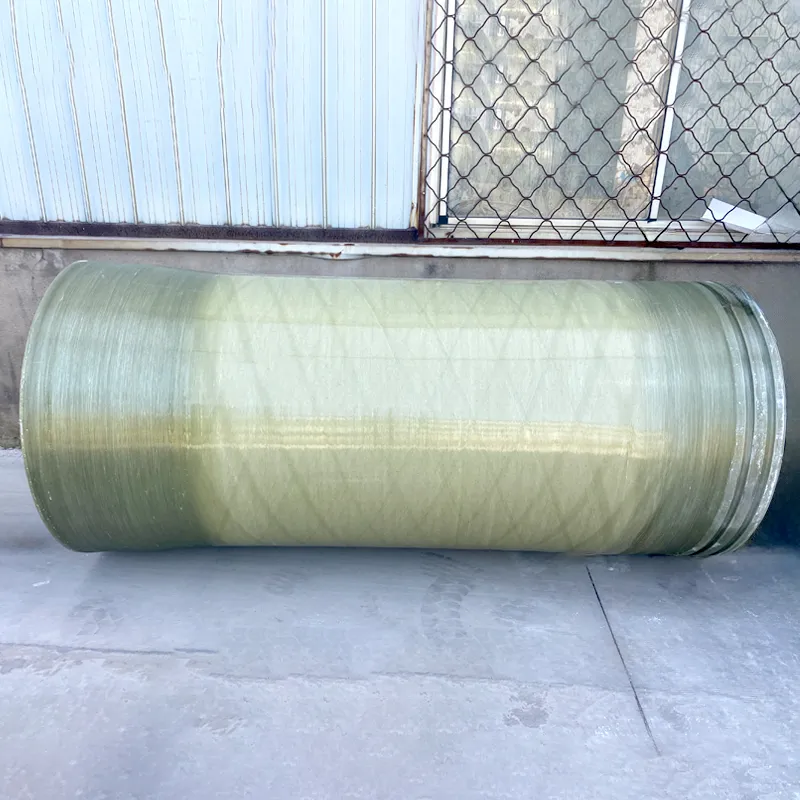
(frp sewage pipe)
Revolutionizing Waste Management with FRP Sewage Pipe Systems
Modern municipal and industrial wastewater systems require corrosion-resistant, durable piping solutions. Fiberglass Reinforced Plastic (FRP) sewage pipes have emerged as the premier choice, offering 50-year service life compared to 15-20 years for concrete or steel alternatives. This engineered composite material withstands hydrogen sulfide concentrations up to 2,000 ppm - 400% higher than PVC's tolerance threshold.
Technical Advantages in Fluid Transport
FRP pipe line configurations demonstrate exceptional hydraulic efficiency:
- Hazen-Williams coefficient of 150 vs 120 for aged concrete
- 0.07 mm surface roughness (70% smoother than ductile iron)
- Axial strength: 25,000 psi (172 MPa)
These properties enable 35% reduced pumping costs in long-distance sewage transfer applications.
Material Performance Comparison
| Parameter | FRP Sewer Pipe | PVC | Ductile Iron |
|---|---|---|---|
| Corrosion Resistance | Excellent | Good | Poor |
| Weight (kg/m) | 18-22 | 12-15 | 48-52 |
| Installation Cost/m | $85-$120 | $65-$90 | $140-$180 |
Manufacturer Capability Assessment
Leading FRP pipe producers differentiate through specialized manufacturing processes:
- Filament winding precision (±1.5% wall thickness consistency)
- Resin formulations for pH 1-13 chemical resistance
- Diameter range: 150mm to 3,800mm
Project-Specific Engineering Solutions
Custom FRP sewer pipe configurations address unique challenges:
- High-velocity flow (up to 6 m/s) reinforcement sleeves
- Earth load ratings exceeding 25 kN/m²
- Submerged buoyancy control systems
Verified Installation Success Stories
Coastal City Wastewater Upgrade (2022):
- 8.2km FRP pipe line installation completed in 14 weeks
- Zero joint leaks detected during 3,500 kPa pressure testing
- Maintenance costs reduced by $62,000 annually
Sustainable FRP Sewer Pipe Infrastructure Development
With 98.7% retention rate in post-installation performance surveys, FRP sewage systems prove their long-term value. The material's 80% recyclability rate positions it as the environmentally responsible choice for next-generation wastewater management projects requiring minimum 30-year service guarantees.
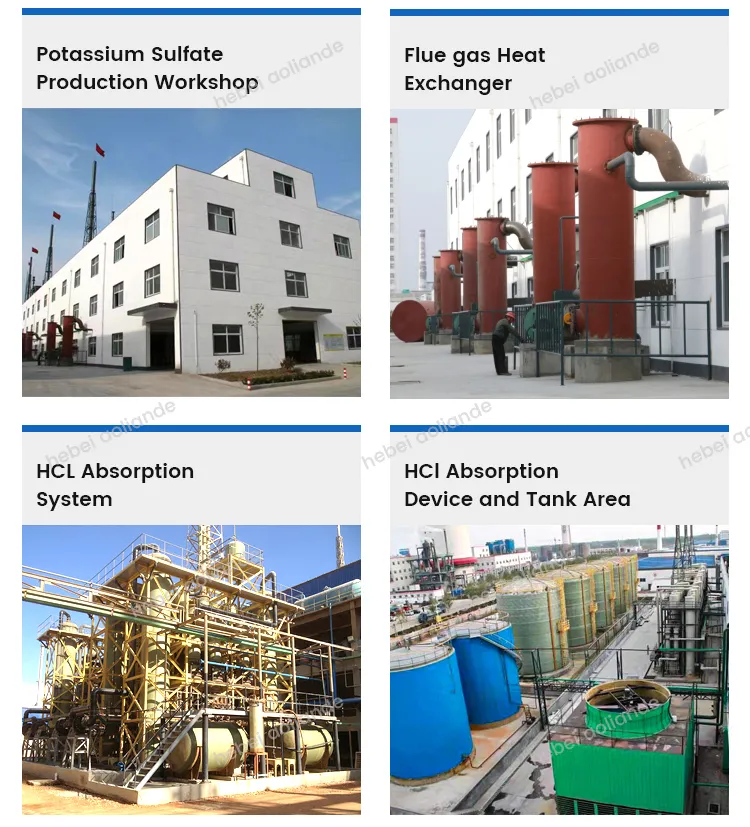
(frp sewage pipe)
FAQS on frp sewage pipe
Q: What are the key advantages of FRP sewage pipes over traditional materials?
A: FRP sewage pipes offer superior corrosion resistance, lightweight installation, and extended lifespan compared to metal or concrete alternatives. Their smooth interior surface also minimizes blockages in sewage systems.
Q: How does FRP pipe line installation differ from steel pipe installation?
A: FRP pipe line installation requires specialized joining techniques like adhesive bonding instead of welding. The material's lighter weight reduces heavy equipment needs, though proper trench preparation remains crucial for alignment stability.
Q: Can FRP sewer pipes withstand harsh chemical environments?
A: Yes, FRP sewer pipes excel in chemical resistance due to customizable resin matrices. They resist acids, alkalis, and organic solvents better than most metals, making them ideal for industrial wastewater applications.
Q: What maintenance is required for FRP sewage pipe systems?
A: FRP sewage pipes need minimal maintenance thanks to their non-corrosive nature. Routine inspections for joint integrity and occasional cleaning to remove sediment buildup are typically sufficient for long-term performance.
Q: Are FRP pipe lines suitable for high-pressure sewage transportation?
A: Yes, FRP pipe lines can be engineered for high-pressure applications through layered reinforcement designs. Their strength-to-weight ratio often exceeds steel in customized configurations while maintaining corrosion resistance.

